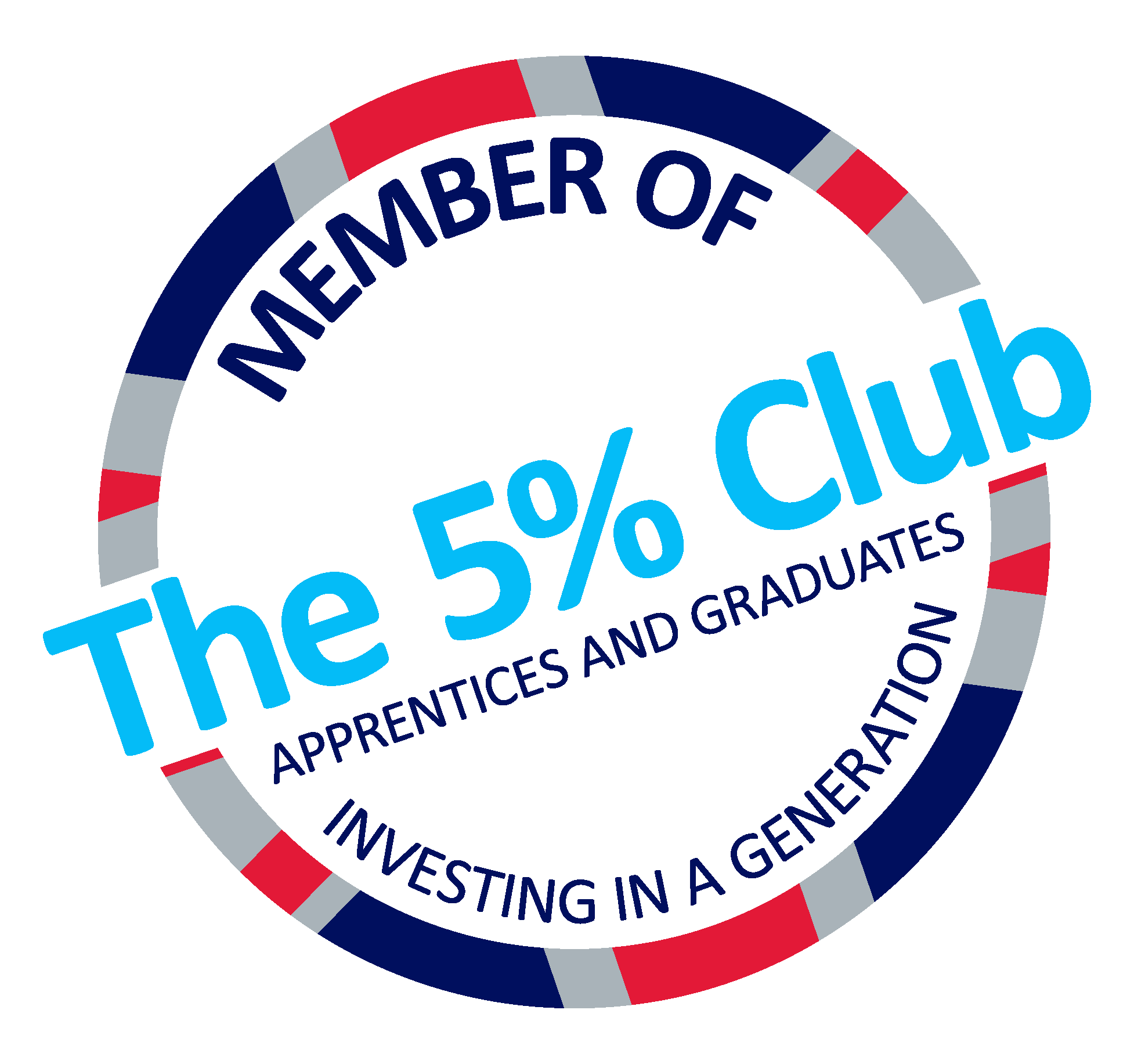What are the dangers of a disengaged workforce?
Disengaged employees are far more likely to seek employment elsewhere; the CIPD’s most recent Employee Outlook survey revealed that almost 1/5 of employees are actively seeking a new job. If this becomes a trend within your company, it damages morale, leading to more disengagement, and potentially more people jumping ship. Add to this the high cost of employee turnover, and you have the perfect storm within your company.
A disengaged workforce is also far less productive for the hours they are at work, and puts in the absolute minimum necessary effort. This can damage not only employee morale, but customer relations as well, having a knock-on effect throughout the company with far wider-reaching effects than it may initially seem.
So, without a workforce engaged with the company’s values and goals, it is extremely unlikely you will fully deliver your business strategy. Furthermore, actively disengaged employees actually undermine their engaged colleagues and can even seek to harm the business by producing poor work and disengaging others.
But then, what is an unengaged workforce?
An unengaged workforce may sound the same as a disengaged one, but it is actually very different. Think about being disqualified from a race; you were originally in the race, qualified to participate, but you lost that qualification for whatever reason. Now think about being unqualified for the race; you were never qualified to participate in the first place.
So, a disengaged employee is someone who was once engaged with the values and goals of a business, but has lost that engagement through uninspiring management, feeling undervalued, or any number of other factors. An unengaged employee, on the other hand, is someone who has never been engaged with your organisation at all.
Why does it matter which your workforce is? Aren’t they both bad?
It matters for the simple reason that these are two vastly different issues, which affect your company in similar ways, but which need contrasting solutions.
An unengaged workforce is like a bulb which needs to be switched on; it’s a serious problem but with a ‘simpler’ solution. An unengaged workforce can be engaged in a number of ways, such as: being given recognition for the value they bring to the company, rewards and incentivisation, simple communications about what is happening in the business more widely, an introduction to company values and goals, and being made to feel as though they are being listened to (for example, through a discussion group).
A disengaged workforce, on the other hand, is a more complex problem to solve. The bulb was once lit up, but has now blown, and the issue could be caused by any number of factors. For a disengaged workforce, the same engagement techniques should be employed as for an unengaged workforce, but this will only help with some of the signs of disengagement, not the underlying issues. More often than not, disengagement is the result of a problem in the wider company culture, such as toxic behaviours or poor leadership. This must be understood and targeted before employees can be fully re-engaged; you can temporarily fix the fuse box, but if there is a cultural wiring issue which goes unaddressed, you will be facing a disengaged workforce again before you know it. A combination of cultural change and engagement initiatives is the only way to beat disengagement in the longer term.
Written by Florence Sturt-Hammond













